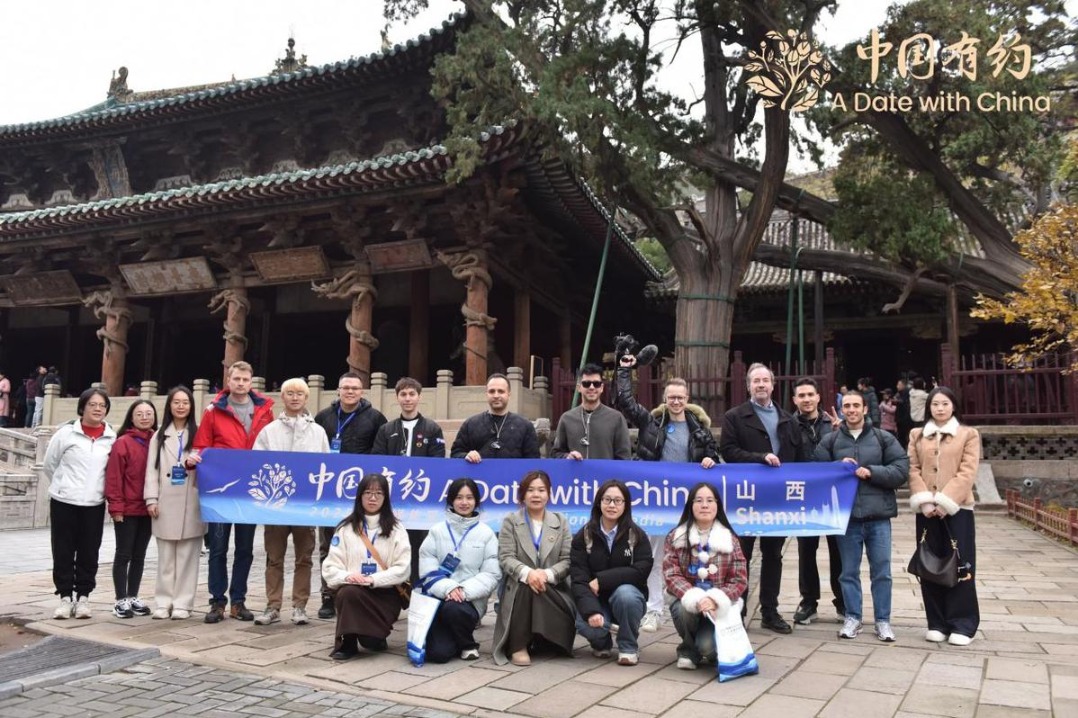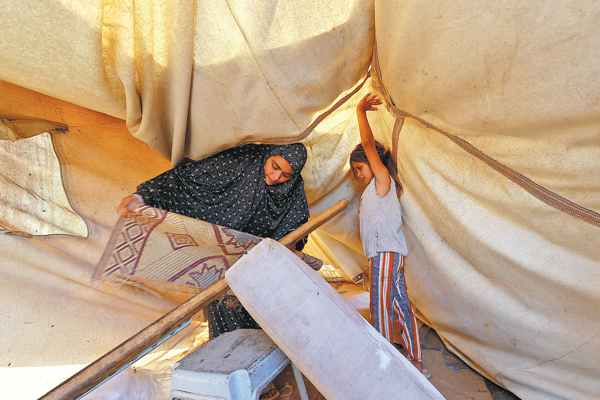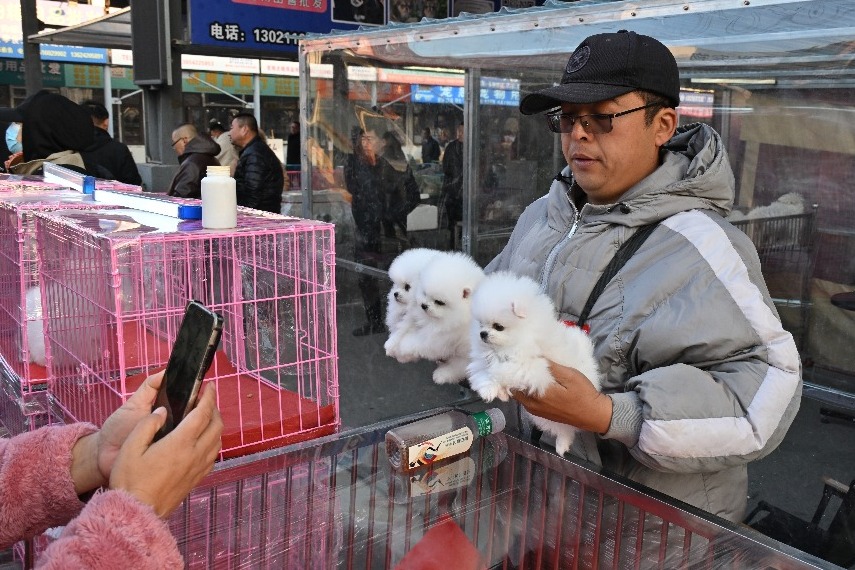Female panda is turned into plastic for museum display
By Huang Zhiling in Chengdu | China Daily | Updated: 2018-05-03 07:32

The public can expect to see more exhibitions of preserved giant pandas now that the world's first specimens have been converted into plastic and put on display at the Mystery of Life Museum in Chengdu, Sichuan province.
The exhibition, which opened last week, is free until the end of June.
The plastinated muscles, internal organs, skin and skeleton of Xin Ni'er - a female panda that died in 2016 - can last up to 1,000 years, said Wu Jun, curator of the museum.
Plastination is a process in which a liquid polymer is injected into tissues. When it hardens, the polymer preserves the tissues indefinitely.
Before injecting the polymer, Sui Hongjin, founder of the museum, and his team first dissected the panda's body and removed water and fat from the muscles, internal organs, skin and skeleton.
The specimens will also be used for scientific research and to enable the public to understand more about pandas, according to Zhang Hemin, executive director of the China Conservation and Research Center for the Giant Panda in Wenchuan county, Sichuan.
The province plans to create more panda specimens for educational purposes.
The exhibition details the evolution of the giant panda. For example, visitors can clearly see the four long, sharp teeth pandas once used to eat meat before changes in the environment encouraged them to start eating bamboo.
To adjust to the change in eating habits, pandas gradually developed a sixth finger, or a pseudo finger - which, when seen in the plastinated skeleton, looks like a human thumb. It helps the giant panda hold bamboo stalks.
According to an agreement with the center, Sui's team will create plastinated panda specimens free, Wu said, adding that it would normally cost about 500,000 yuan ($78,600) to turn Xin Ni'er into a plastinated specimen.
The Mystery of Life Museum in Chengdu opened in December 2016 and houses plastinated human and animal bodies and organs.
huangzhiling@chinadaily.com.cn
























